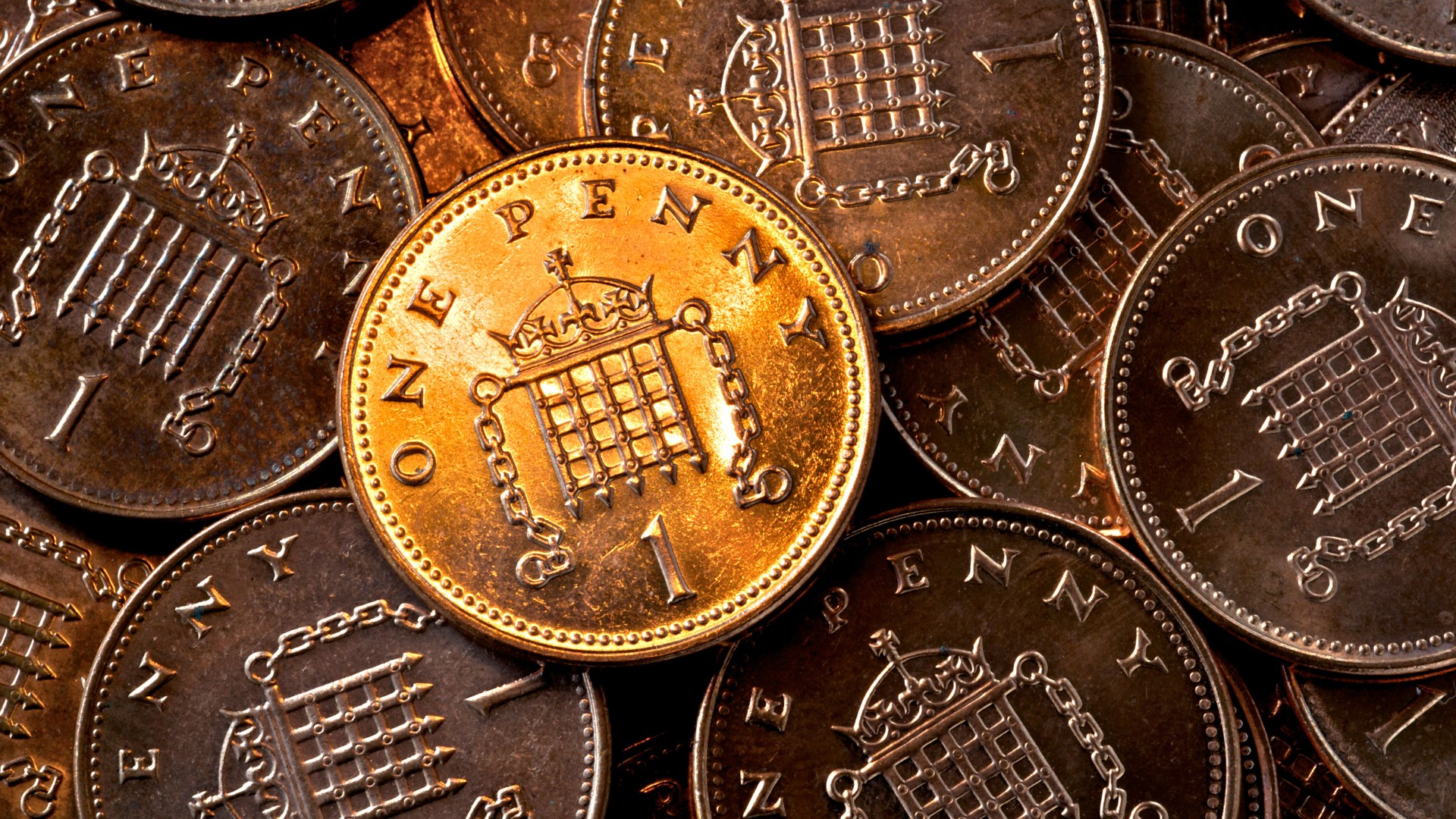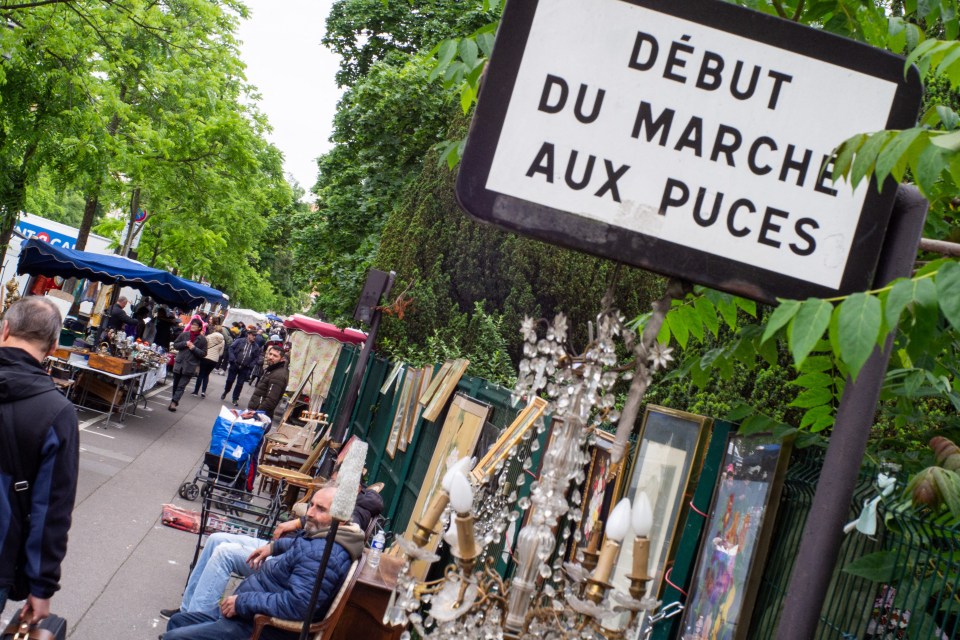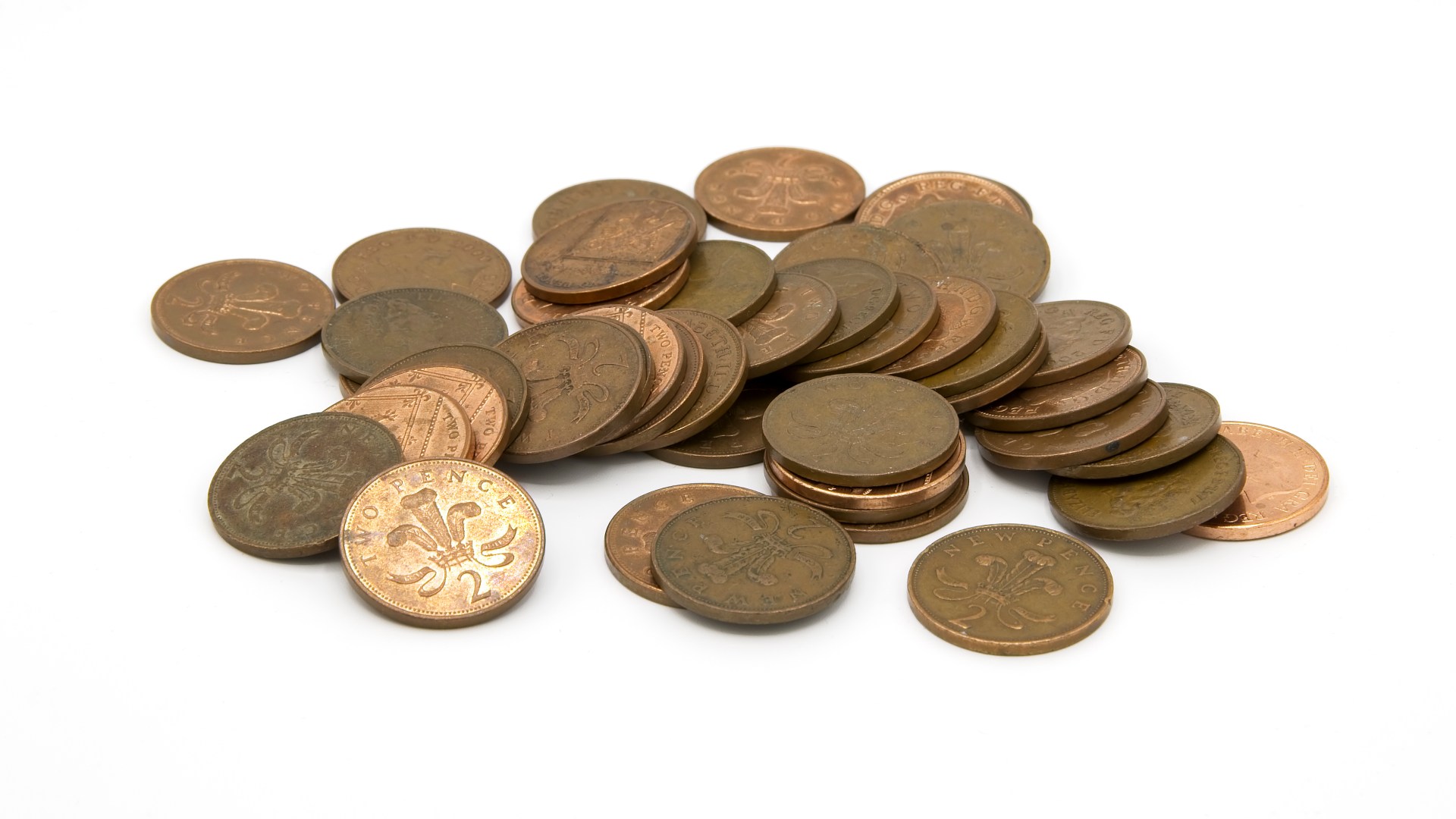Is corporate sustainability as we know it finally over? Are traditional green business strategies failing to the point that they are doing more harm than good?
Perhaps not entirely. But the growing number of sustainable business leaders calling for a rethink of these measures suggests a tipping point is at hand.
For those of us who have never thought it likely that businesses and the markets that shape them would be enough to fix the gathering menace of climate change, this realisation is overdue.
But it’s not trivial. There may not be enough time to upend capitalism but there is plenty of time for companies to push for markets to be reformed in ways that drive faster climate action.
So it has been a relief to see a rising recognition that the status quo is not working.
Or as Lindsay Hooper and Paul Gilding from the venerable Cambridge Institute for Sustainability Leadership put it in a paper this month, “it is time we questioned the founding ideas and dominant approaches in the corporate sustainability movement”.
The Cambridge university-based institute is a prominent voice in corporate greenery, thanks in part to the backing it has had for most of its 36-year history from its royal conservationist patron, King Charles III.
But as Hooper and Gilding point out, despite years of green corporate pledges, and mushrooming clean tech investments, “the sustainability crisis is deepening”.
Worse, businesses and their sustainability advisers may be adding to the problem by giving a false impression of progress that is delaying “required radical changes to markets and the policies that frame them”.
The pair say companies should go beyond setting targets for cutting their own carbon footprints and start lobbying for sweeping, long-term rules that reshape entire markets.
For a start, this approach should lower the competitive risks that green business pioneers often face.
Another big advantage has been laid bare this year by the slew of green corporate U-turns, from Shell’s weakening of climate targets to Volvo’s delayed deadline for selling only fully electric cars.
Such backtracking underlines the fact that sustainability measures are still often seen as discretionary moves, taken by personally committed leaders and easily undone when times are tough.
As another sustainability veteran, John Elkington, wrote last month: “We must become less dependent on the goodwill and good citizenship of individual business leaders, both of which can be fragile foundations for sustained commitment.”
Elkington knows of what he speaks. He coined corporate sustainability ideas such as “triple bottom line” reporting to measure social and environmental, as well as financial, performance. But as he wrote last month, sustainability can no longer be only about transforming businesses. “Increasingly, too, it must be about transforming markets.”
A more strident case for the perils of relying on green-minded leaders has come from Jonathon Porritt, a sustainability campaigner who has spent years advising large companies, including Unilever.
The consumer goods giant has dismayed green activists by rolling back targets on measures such as plastic use and recycling following last year’s appointment of a new CEO, Hein Schumacher.
His approach marks a sharp break with that of former Unilever bosses like Paul Polman, who memorably told investors who didn’t approve of his sustainability efforts “don’t put your money in our company”.
For Porritt, “Unilever’s fall from grace reveals the deep flaws in that whole concept of corporate sustainability as a primary driver of more sustainable ways of creating and distributing wealth.”
So will much change? Maybe. Talk of the need for greater regulation was in the air at last week’s New York Climate Week, as it would be.
Jes Munk Hansen, chief executive of the Danish insulation maker, Rockwool, told one event that regulators could slash the sizeable carbon emissions from buildings by setting tougher standards.
Government rules had helped to drive the shift away from incandescent light bulbs to more energy efficient lights, said Hansen, a former executive at the Osram lighting group.
As he told me later, “It would help the green transition greatly if building regulators used more tools such as higher energy efficiency standards.”
He is right. Regulators and governments could do more and some firms are pushing them to do so. But these companies are still in a minority. A lot more must join them if corporate sustainability is ever going to create a more sustainable world.
Climate Capital

Where climate change meets business, markets and politics. Explore the FT’s coverage here.
Are you curious about the FT’s environmental sustainability commitments? Find out more about our science-based targets here











































































































































You must be logged in to post a comment Login